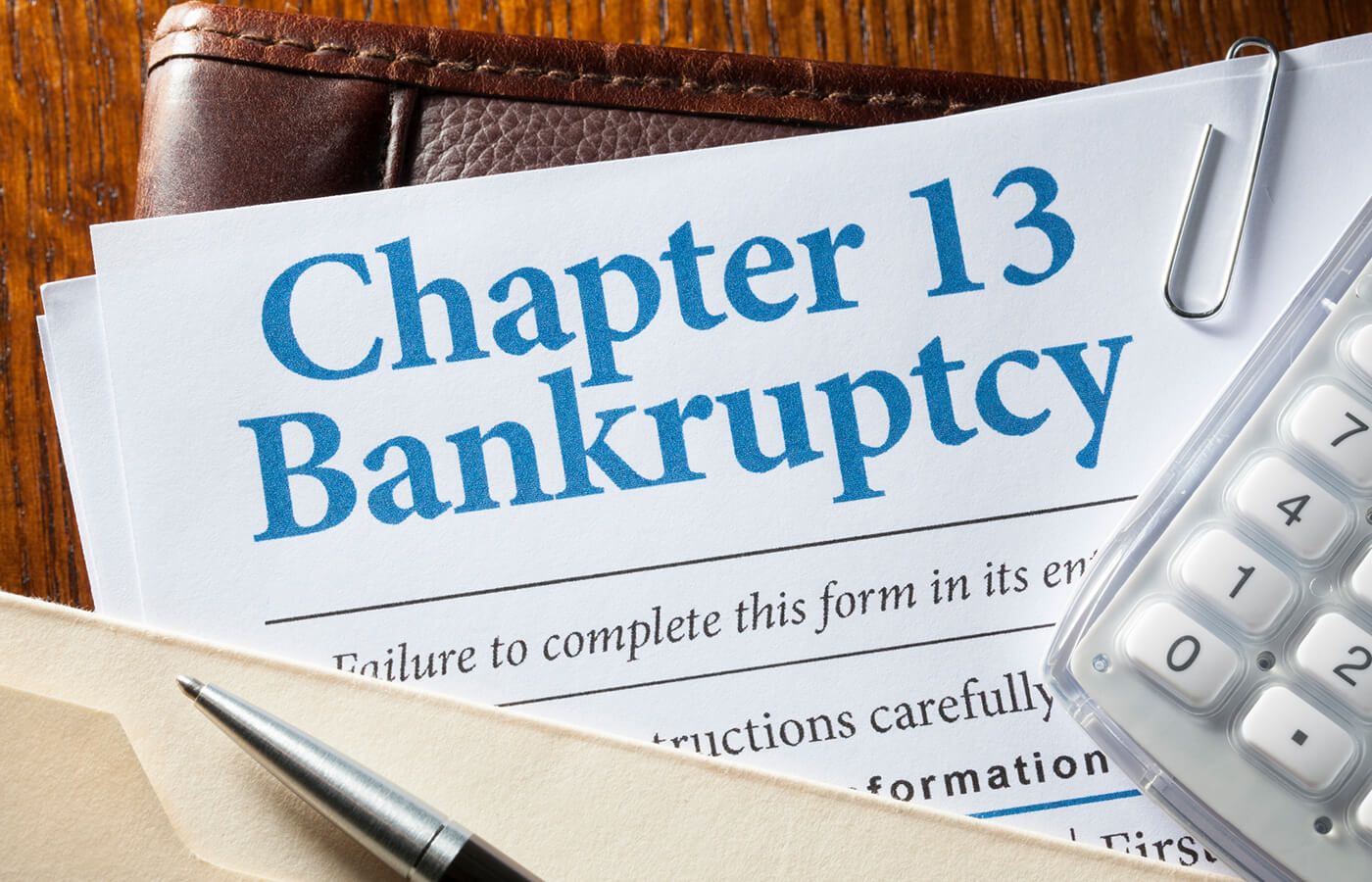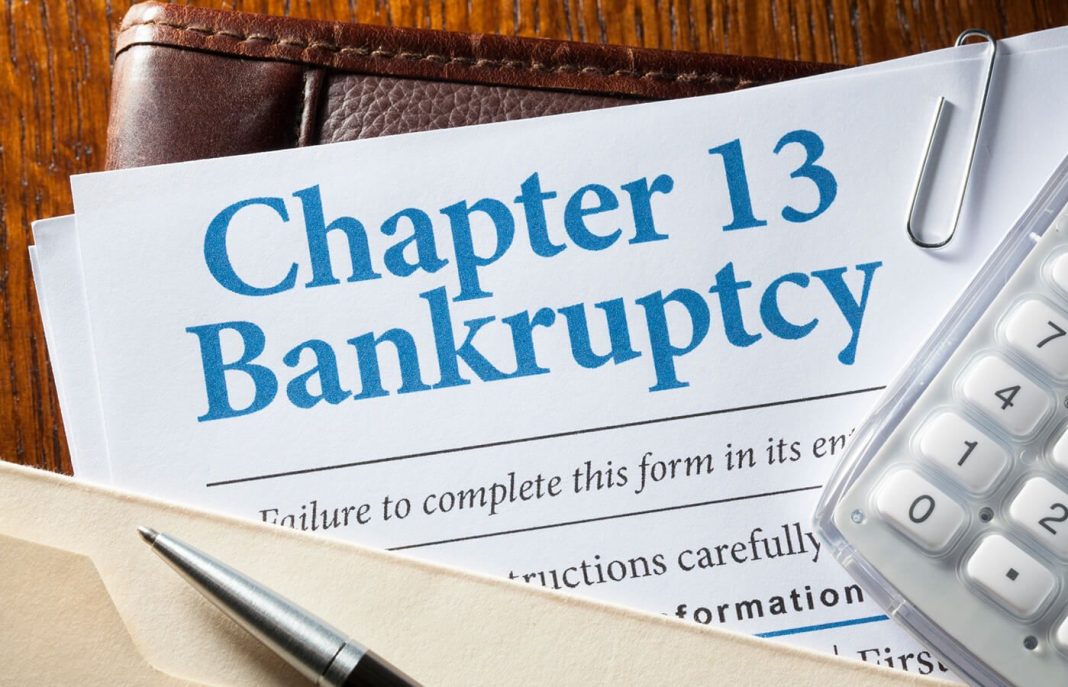 The retail industry has been hit hard in recent years, and discount chain Big Lots is no exception. The company has faced significant losses and is now grappling with liquidity issues. In fact, Big Lots recently received approval to close hundreds of its stores as it expressed “substantial doubt” about its ability to continue operations.
The retail industry has been hit hard in recent years, and discount chain Big Lots is no exception. The company has faced significant losses and is now grappling with liquidity issues. In fact, Big Lots recently received approval to close hundreds of its stores as it expressed “substantial doubt” about its ability to continue operations.
According to a filing with the U.S. Securities and Exchange Commission (SEC) on August 2, Big Lots secured an amendment to its 2022 credit agreement with lenders, which allowed for the closure of up to 315 outlets. This amendment was an increase from the original approval to close 150 stores. Additionally, the company’s credit facility was reduced from $900 million to $800 million, and interest rates on borrowings were raised by 50 basis points.
With 1,392 stores across the United States, the closure of 315 outlets would represent over 22% of Big Lots’ total shops. This downsizing comes after the company already reduced its store count from 1,425 outlets last year. The decision to close these stores is not surprising considering the company’s financial struggles. Big Lots has incurred net losses in 2022, 2023, and the first quarter of 2024, and has been forced to use cash in its operating activities, according to a June SEC filing.
The company has attributed its poor financial performance to a decline in consumer spending, particularly on high-ticket discretionary items. Big Lots CEO Bruce Thorn acknowledged this in June but expressed confidence in the company’s ability to transform itself. He stated that the current financial performance does not reflect the stronger business model they have created through five key actions and expects the positive effects to be more apparent in the second half of the year.
Unfortunately, Big Lots is not alone in its struggles. Other retail chains have also announced store closures this year. Stop & Shop, a supermarket chain, revealed plans to close 32 outlets by November 2, citing the need to create a healthier foundation for future growth. Furniture retailer Conn’s has gone even further, announcing the closure of all 553 retail stores nationwide and filing for bankruptcy due to a prolonged sales slowdown.
The challenging environment for businesses extends beyond just the retail sector. High interest rates have made loans expensive and have created liquidity issues for many companies. The Federal Reserve has kept the federal fund rates unchanged for over a year, forcing businesses to take loans at higher interest rates or struggle to secure debt at desired rates. There have been suggestions of potential interest rate hikes if inflation remains high, further exacerbating the financing challenges for businesses.
Michael Hunter, vice president of bankruptcy data provider Epiq AACER, anticipates a steady increase in bankruptcy filings across various industries due to ongoing financial pressures faced by businesses and individuals. He believes that these trends will continue throughout the remainder of 2024 and into 2025.
S&P Global has highlighted the difficulties posed by high interest rates and supply-chain issues, making it challenging for businesses to maintain sufficient cash flow to pay debts and prevent loan defaults. The relief from high interest rates is expected to be months away, leading many companies to consider reorganization bankruptcy, which involves restructuring assets and liabilities under court supervision. This approach could provide businesses with the necessary time to stabilize their financial situation.
In conclusion, Big Lots’ decision to close hundreds of its stores reflects the broader challenges faced by the retail industry. Liquidity issues, high interest rates, and supply-chain problems have created a difficult environment for businesses. As a result, bankruptcy filings are expected to rise, and companies may have to resort to store closures or reorganization bankruptcy to navigate these financial hurdles. These trends are likely to persist in the coming years until relief is found in the form of lower interest rates and improved economic conditions.


